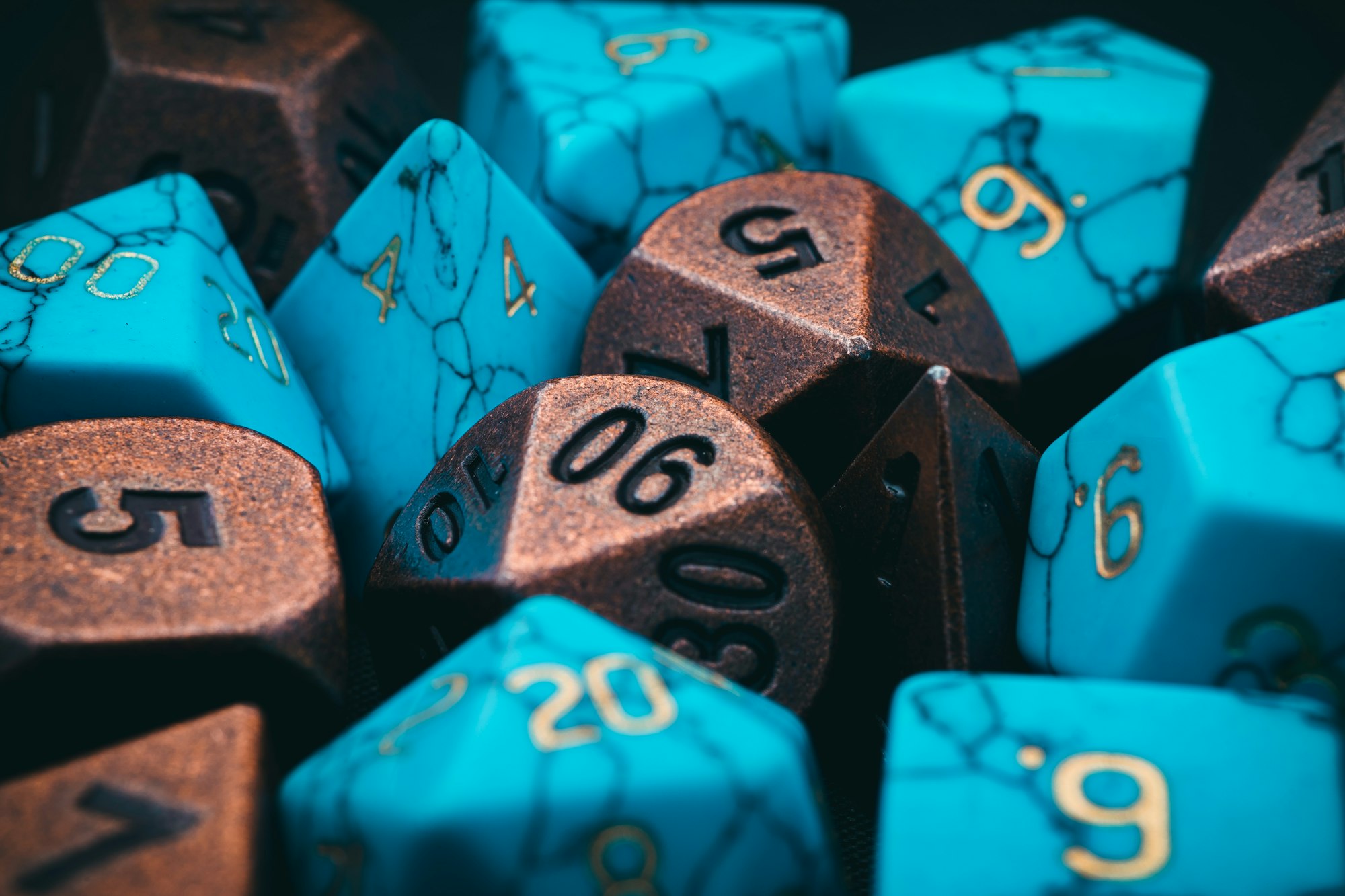One D&D: A Breakdown and Review of the New Dungeons and Dragons
Figuring out how the One D&D initiative changes Dungeons and Dragons

On August 18, Wizards of the Coast announced their plans for upcoming Dungeons and Dragons releases. Instead of announcing the 6th edition of the game, which most fans were expecting, the company instead revealed a fairly complex 2023 and 2024 roadmap that they're calling One D&D. This, they say, is the end of new editions to D&D, and the beginning of a fully adaptive system.
So, what does that mean, and how does it work?
What is One D&D?
One D&D is not, as many people anticipated, Dungeons and Dragons 6th Edition, or even D&D 5.5 Edition. Wizards of the Coast markets this change as adding to and building upon the existing edition to turn the system into one that can grow and adapt over time without having to completely re-release the game.
This was done basically because 5e got ridiculously popular ridiculously quickly. With the revival of D&D thanks to Stranger Things and the era of streamed games, egged on by the pandemic's driving toward digital interaction and entertainment, more new players are entering the game at once than ever before. To completely change the edition now would alienate a large portion of this new player base and would, I think, tank sales to an unmanageable amount.
So, how will One D&D let 5e adapt? Well...
- WotC is testing physical and digital bundles for its books and materials, which players have been asking about for years.
- The core rule books - namely, the Dungeon Masters Guide - will be getting revisions with a focus on accessibility for new players.
- DnDBeyond is being transformed into a full virtual tabletop simulation platform, complete with digital dice rolling (already incorporated), 3D mini models, and interactive 3D virtual maps (to be incorporated soon).
Alongside this announcement, Wizards released a PDF of beta testing material on DnDBeyond. Let's look at some of the mechanical changes, shall we?
How One D&D Changes The Game
So far, the biggest highlight from the One D&D playtest material is the revision to the character-building process (I've detailed that in another series). Instead of having your statistics tied to your race and class alone, they're now tied to a character's "Origins." Origins include the character's race, background, and (for some reason) languages.
Under these new rules, your level 1 ability score increases come from your background. Just like before, you get a +2 and a +1, but now you get to pick where they go every time. I like this change, actually; I think the increases coming from your race makes sense - physicality and natural adaptation and all that - but it coming from your background gives you significantly more freedom to build.
Additionally, all players now get a feat at level 1. This is something my tables already did, so I'm happy to see it incorporated into official rules. Level 1 feats make character backgrounds more interesting and relevant to gameplay, so making them standard opens the door for character customization even more.
You also automatically get three languages - Common, a racial language, and a language based on your background. This is...fine, I guess? It doesn't really make sense to me; why should everyone in a D&D world be trilingual? But I suppose everyone speaking at least two languages - one of which is a literal common tongue spoken all over the planet regardless of culture or borders - makes very little sense as well, so I can't complain too much. It makes gameplay more interesting, anyway.
Now we come to the change that I very much do not like, which is the adjustments made to the d20 system. According to the playtest rules, a natural 20 is always a success while a natural 1 is always a failure, regardless of modifiers or circumstances. I hate this, a lot. Because of the nature of D&D's open playstyle, sometimes, players will attempt things that are straight-up impossible - for instance, they may try to go up against a monster that's way out of their level range. In those circumstances, the players may literally not be able to meet the enemy's DC - so why should rolling a 20 mean they can hit it? The same applies to a nat 1 being an automatic failure. If my Rogue has a +14 to stealth and the DC is 14, I'm always going to succeed, even if I roll a 1. Rolling a 1 in that circumstance may simply mean that a piece of my armor breaks or I injure myself trying to stay quiet - it wouldn't make sense for it to blow my cover. I believe that natural extremes (1s and 20s) should mean dynamic responses, yes, but not automatic successes or failures.
Finally, the way that spells work is changing slightly. The spells are now divided into three overarching lists - Arcane, Divine, and Primal. All magic casting classes will pull from one of these three lists, which opens up a lot of new spells that were class locked before. Some spells - namely, Eldrich Blast - are becoming class features, which I think makes sense as everyone took certain spells for certain classes anyway. I don't have much else to say about this because Wizards hasn't released the class revisions yet; stay tuned for that update, I suppose.
Conclusion
I'm excited to see how One D&D changes the landscape of the game. Being a massive proponent of supporting new players, I'm glad that Wizards is embracing the influx of new players and designing their systems to make the game easier to understand and play. While I'm not entirely on board with all of the mechanical changes, I'm happy to watch this game grow and evolve to match the people who love to play it.
One D&D has already begun rolling out playtest materials on DnDBeyond and will continue to do so for the next year or so as they prep for a 2024 full release. You can get some of the playtest materials on the site right now.
